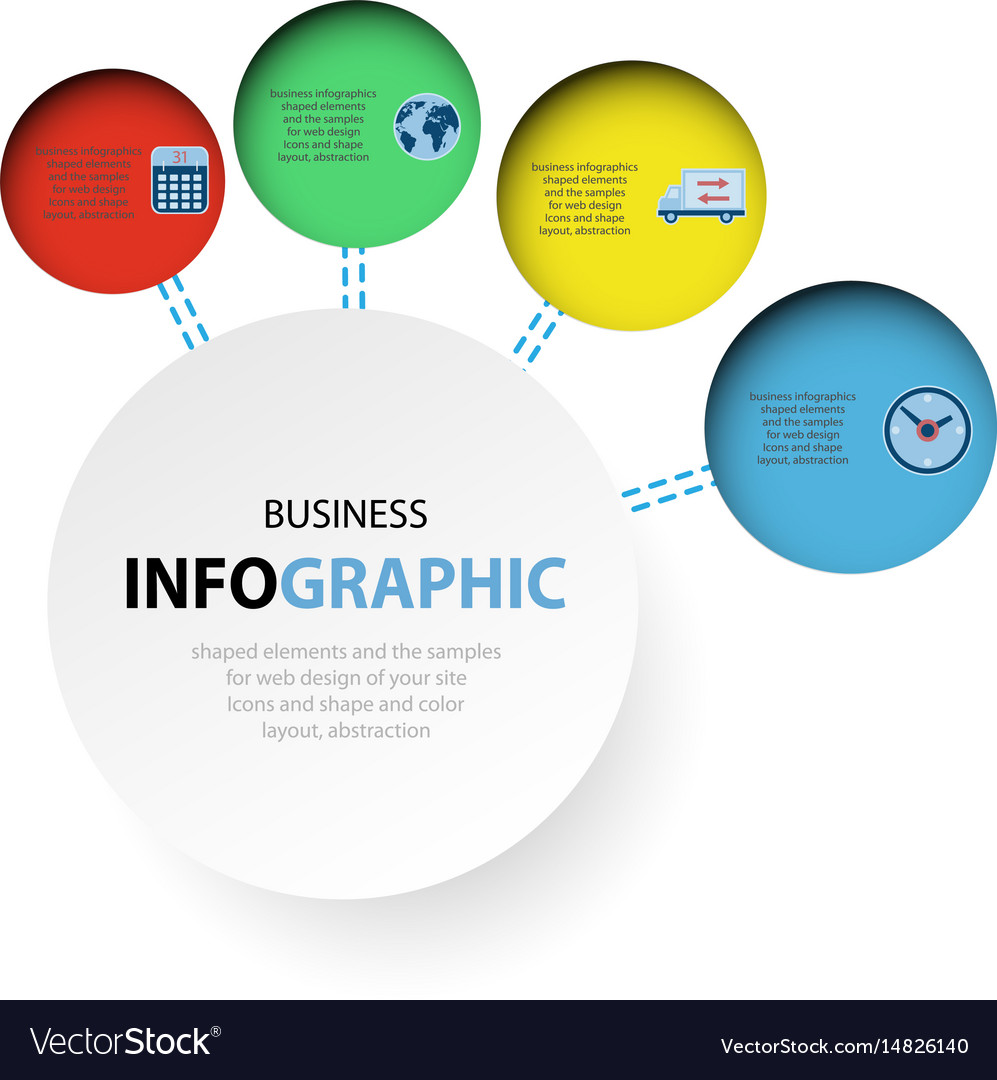Internet Site Style: A Journey Through Time.From Humble Starts To Modern-Day Wonders, Internet Site Layout Has Undergone A Considerable Makeover Over The Years
Internet Site Style: A Journey Through Time.From Humble Starts To Modern-Day Wonders, Internet Site Layout Has Undergone A Considerable Makeover Over The Years
Blog Article
Developed By-Solis Cantu
In the past, web sites were simple and concentrated on info. Navigating was direct, and style was for desktops. Now, user experience is key. https://adage.com/article/digital-marketing-ad-tech-news/3-tips-boost-small-business-holiday-sales/2366656 guides layouts for very easy navigation. Receptive formats match various tools. Today, dark setting reduces stress, and minimalist food selections enhance navigating. Interactive features involve customers, and vibrant visuals stand out. AI combination enhances engagement. See just how style has progressed to boost your on-line trip.
Early Days of Web Design
In the very early days of web design, simpleness reigned supreme. Web sites were basic, with limited shades, fonts, and layouts. The focus got on supplying details as opposed to flashy visuals. Individuals accessed the internet via slow dial-up connections, so speed and functionality were key.
Navigation menus were straightforward, commonly located at the top or side of the page. Internet sites were designed for home computer, as mobile browsing had not been yet widespread. Material was king, and developers prioritized easy readability over intricate design components.
HTML was the main coding language utilized, and designers had to function within its restraints. https://video-marketing-youtube-v11100.bloggactif.com/30686189/ending-up-being-skilled-in-social-network-advertising-and-marketing-advice-and-methods-for-accomplishing-success and interactive attributes were minimal compared to today's criteria. Sites were fixed, with little vibrant web content or individualized customer experiences.
Increase of User-Focused Style
With the development of website design, a shift towards user-focused layout principles has ended up being increasingly noticeable. Today, developing web sites that focus on individual experience is vital for engaging site visitors and accomplishing organization goals. User-focused style includes understanding the needs, preferences, and actions of your target audience to tailor the internet site's design, content, and includes accordingly.
Designers currently conduct comprehensive research study, such as customer surveys and use testing, to gather insights and comments straight from customers. This data-driven strategy aids in developing user-friendly navigating, clear calls-to-action, and visually attractive user interfaces that reverberate with visitors. By putting the individual at the center of the design process, websites can deliver a more customized and enjoyable experience.
Responsive design has actually additionally become a crucial aspect of user-focused design, making sure that sites are maximized for different tools and screen dimensions. This versatility improves accessibility and usability, accommodating the varied ways individuals communicate with sites today. Fundamentally, the increase of user-focused layout symbolizes a shift towards creating digital experiences that prioritize the needs and expectations of the end individual.
Modern Trends in Web Design
Explore the most up to date patterns shaping website design today. One famous trend is dark setting layout, providing a streamlined and contemporary appearance while decreasing eye pressure in low-light settings. Another crucial pattern is minimalist navigating, simplifying food selections and enhancing customer experience by focusing on essential elements. Including micro-interactions, such as animated switches or scrolling effects, can produce a more engaging and interactive web site. Receptive layout stays vital, making sure seamless customer experiences throughout various devices. In addition, using strong typography and asymmetrical formats can add aesthetic interest and draw attention to details content.
Integrating AI modern technology, like chatbots for consumer assistance or customized referrals, boosts customer interaction and simplifies processes. Ease of access has additionally become a considerable fad, with developers prioritizing comprehensive design methods to deal with diverse user demands. Welcoming sustainability by optimizing web site performance for rate and efficiency is one more arising pattern in website design. Teaming up with customer comments and information analytics to iterate and enhance layout continuously is vital for remaining appropriate in the ever-evolving digital landscape. By embracing these contemporary fads, you can produce an aesthetically attractive, user-friendly site that resonates with your audience.
Final thought
As you reflect on the advancement of website layout from the very early days to now, you can see exactly how user-focused layout has actually come to be the driving pressure behind modern-day trends.
Welcome the trip of modification and adjustment in website design, constantly maintaining the individual experience at the forefront.
Stay existing with the latest fads and technologies, and never ever quit advancing your strategy to create aesthetically stunning and easy to use sites.
Advance, adapt, and produce - the future of website design remains in your hands.
